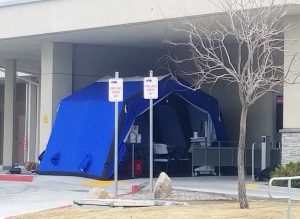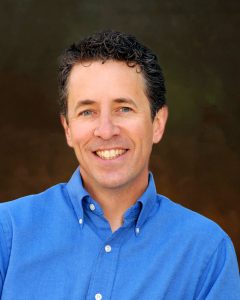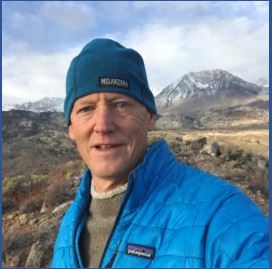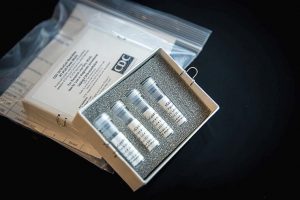Northern Inyo Healthcare District held a telephone conference call on Monday morning to answer questions the local news media might have on how the District is preparing for the COVID-19/Coronavirus.

Sierra Wave News participated in the call along with other local news media representatives and key hospital and medical staff with NIHD. Dr. Tom Boo, the Mono County Public Health Officer, also joined NIHD Rural Health Clinic Director, Dr. Stacy Brown, Infection Control Preventionist, Robin Christenson, Emergency Department of Disaster Planning Manager, Gina Riesche, and NIHD’s acting CEO, Kelli Davis.

Dr. Brown said that “Obviously, we haven’t had any documented cases” and “We had a meeting of all of us last week to update new information from CPH California Public Health and the CDC (Center for Disease Control) to come up with prevention plans for us. We completed a coronavirus drill through the emergency room and the Rural Health Clinic, which was very helpful to us to identify where we need to put our efforts.”
NIHD said they took stock of their current medical supplies, which included surgical masks for patients, and 95 masks and respirators for staff. Dr. Brown said, “We feel like we have sufficient stock of everything we need, including hand sanitizers and soap to meet the demand.”
Infection Control Preventionist, Robin Christenson, agreed and said that her department at the hospital “…is working closely with the purchasing department to ensure they have plenty of personal protection equipment and are monitoring it daily, as well as conducting education and drills for the hospital staff on how to put the PP equipment and take it off.”
If the number of cases surge, the hospital will set up a triage area outside before patients enter the emergency room so they can segregate people who are at high risk. They don’t want patients at high risk to contaminate others in the waiting room.
The hospital staff went into some detail on how they plan to handle a local outbreak of the coronavirus or if there is a surge in the number of cases. Included was the promise that “the media and public” will be notified immediately as to what is happening, and “what things or precautions they (the public) should be taking.”
Asked, “What would happen if NIH was unable to hand a high number of patient suffering from the virus and needed addition supplies, equipment, medication or personnel?” Dr. Boo responded that “Both Inyo and Mono County are part of the Regional Healthcare Coalition. We would be able to make a resource request if needed.”
A brief discussion followed on what the public can do to reduce their chances of catching the virus. One of the most obvious is the importance of “washing your hands with soap and water,” followed by keeping some distance from others whenever possible (social distancing), and not going to work if you are sick.” It was also recommended that, if hand washing facilities are not available, that people use hand sanitizers with at least 60% or more alcohol.
Other ways to protect yourself are to cover your mouth and use a cloth or handkerchief when you cough or sneeze, clean and disinfect potentially infected common areas used by people, wear a surgical mask when around others that are sick, and when possible, and limit interaction with others by communicating over the phone or by email to lessen exposure when possible.
The flu season is still around which complicates the issue. It is possible to confuse the two diseases, influenza and the coronavirus. They have similar symptoms, and the only real way to find out, is for a patient to be tested.

Dr. Tom Boo
According to Dr. Boo, “I understand there’s a 48 hour turnaround time on the testing itself, not including transport time, and the FDA is apparently trying to facilitate the development and dissemination of other test commercial tests and, and I would like to see locally available testing, as soon as possible.”

Asked if warmer weather might slow down the rate of infections as it appears to do for influenza, Dr. Brown said that it might if it follows a similar pattern as influenza, but “we just don’t know yet.”

















